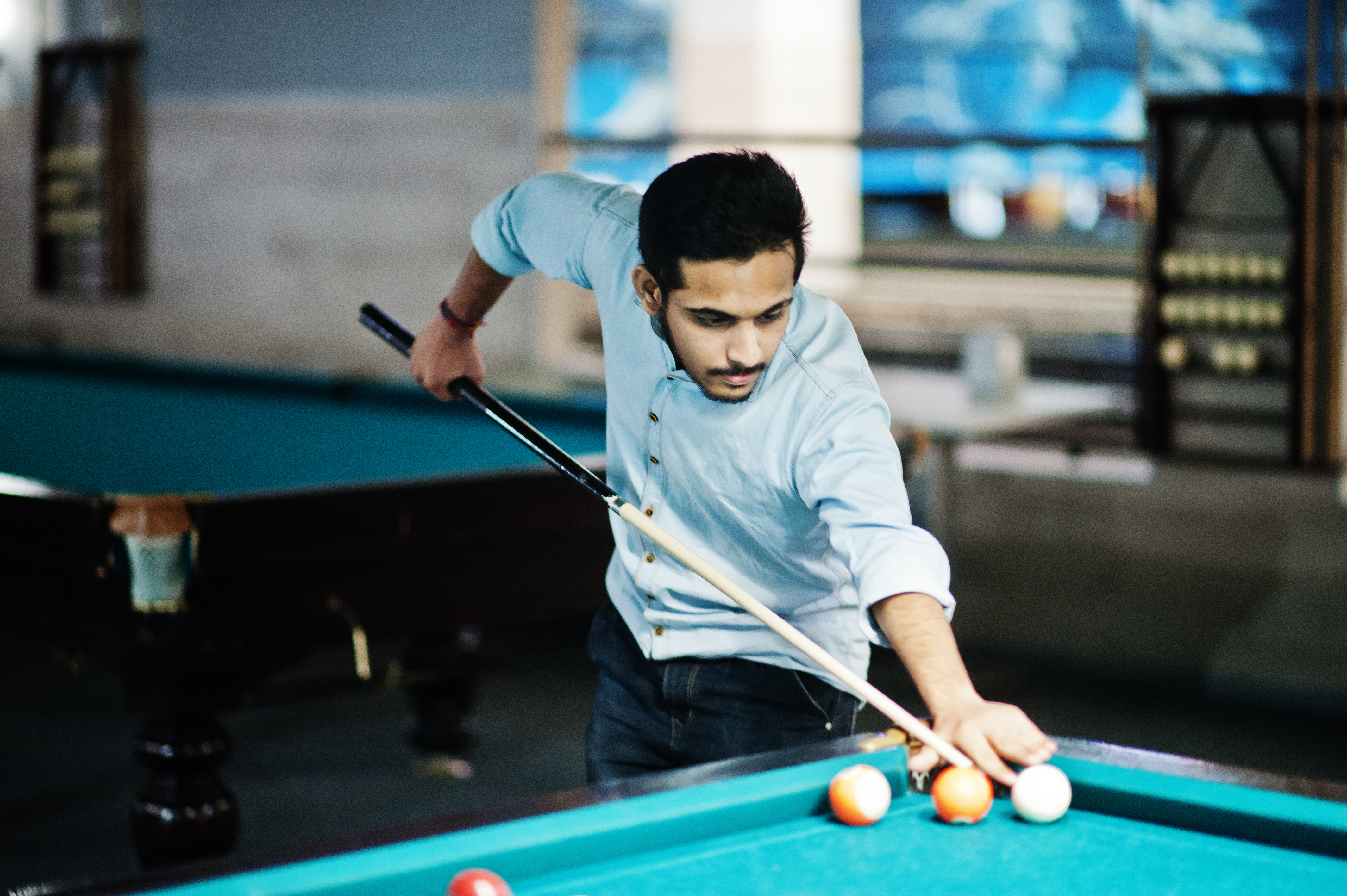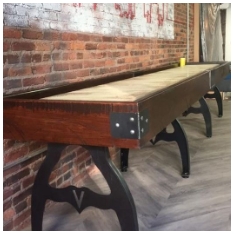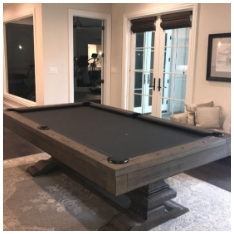Buying a pool table is a significant investment, whether it's for your home, a recreational center, or a bar. It's essential to choose the right table that suits your needs and budget. This guide will help you understand the different types of pool tables, materials, sizes, and other crucial factors to consider before making a purchase.
Understanding Different Types of Pool Tables
Slate vs. MDF Pool Tables
When shopping for a pool table, the first major decision you'll face is choosing between slate and MDF (Medium Density Fiberboard) tables. Each type has its pros and cons, impacting the table's performance, durability, and price.
Slate Pool Tables:
- Durability and Longevity: Slate pool tables are renowned for their durability and longevity. They provide a perfectly flat playing surface that doesn’t warp over time.
- High Performance: Slate tables are the choice of professional players due to their superior playability and consistent performance.
- Cost: They are more expensive due to the high-quality materials used and the complexity of manufacturing.
MDF Pool Tables:
- Affordability: MDF tables are generally more affordable, making them a popular choice for casual players and those on a budget.
- Lightweight: They are lighter and easier to move compared to slate tables.
- Performance: While not as durable or smooth as slate, MDF tables are suitable for casual play.

Frame and Leg Construction
The frame and legs of the pool table contribute to its stability and durability. Pay attention to the following aspects:
Material: Look for tables with solid hardwood construction for the frame and legs. This provides excellent stability and long-term durability.
Leveling Mechanism: Ensure the table has an effective leveling mechanism to maintain a flat playing surface. Adjustable legs or slate shims are commonly used for this purpose.
H2: Felt and Cushions
The playing surface and cushions of the pool table significantly impact the game's speed and accuracy.
Felt Material: High-quality wool or wool-nylon blend felt offers a smooth, fast-playing surface. The felt should be tightly woven and durable.
Cushion Material: Natural gum rubber cushions provide consistent rebound and better ball control. Synthetic cushions may be less expensive but tend to wear out faster.
Additional Features and Accessories
Pockets and Rails
The design and quality of pockets and rails can enhance both the aesthetics and functionality of the pool table.
Pockets:
- Drop Pockets: Common in home and casual tables, drop pockets collect balls directly underneath each pocket.
- Ball Return Systems: Found in commercial and professional tables, these systems return balls to a central location for easy retrieval.
Rails:
- Material and Finish: Rails made from solid wood with a durable finish provide a professional feel and longevity.
- Cushion Attachment: Ensure cushions are properly attached to the rails for optimal performance.
Conclusion
In this first part of our guide on how to choose and buy the best pool table, we covered the basic types of pool tables, key factors to consider, and additional features and accessories that enhance your playing experience. Understanding these elements will help you make an informed decision and ensure you choose a table that meets your needs and expectations. Stay tuned for the second part, where we will delve deeper into installation, maintenance, and expert buying tips.





